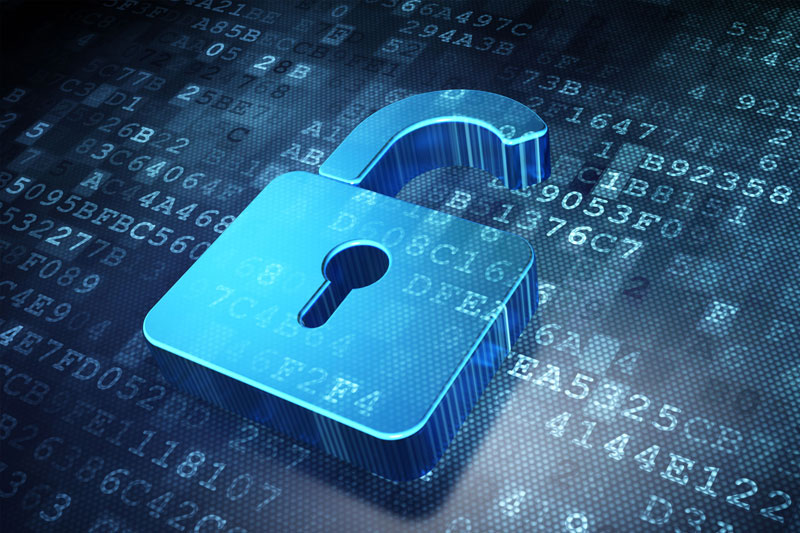The news has been blasting stories this past week regarding the vulnerabilities of wireless networks and their inherent security flaws. We hope to ease your concerns and explain the truth behind network security so you can take the right steps to protect your business and personal data from external threats and hacks.
In this day and age nearly every home, business, and community has internet access and their own wireless network. Whether you are getting coffee from a cafe or shopping at the grocery store more-and-more places are offering their own free wireless internet during your visit. But is this really secure? By using this free internet are you opening yourself up to online threats and data theft? We explore the safety of wireless internet so you can take the proper precautions and protect your private information at home, work, and on-the-go.
Only a couple decades ago the Internet and World Wide Web became readily available to the masses. Internet speeds have increased more than tenfold since the early days and continue to increase at an impressive rate. But as we focus on playing our games and streaming videos online, we forget the importance of protecting ourselves from online threats.
Unfortunately, no computer network is ever truly secure. Any online traffic can theoretically be obtained to view or modify by hackers. However, this doesn’t mean you need to close all browsers, cancel your internet, and swear off computers forever. Instead, it means that you need a network that is built and managed more securely than others to prevent as many potential attacks as possible. Often this means employing industry experts.
Wireless vs. Wired – Which one is more secure?
There are two main types of network configurations – wireless and wired.
Wired networks are comprised of physical wires/cables, ranging from copper wire to fiber optic, that carry the network connection from the supplier directly to you. Often, the connection is taken from a T1 line, cable modem, or another source and then shared amongst your devices through physical wired connections.
Wireless networks utilize electromagnetic waves or infrared waves that communicate with wireless devices through antennas or sensors. Examples include: cellular mobile, wireless sensors, TV remotes, laptops, etc. There are no wires involved in the data or voice communication, rather the waves perform the transmission.
There is no doubt that wired networks are more secure than wireless networks simply due to the nature of their network transmissions. Wireless networks pose significant security challenges due to their open air transmissions rather than signals or pulses of light through cables. Their signals can easily pass through walls and into nearby streets and buildings within a small radius of their access point making their traffic easier to intercept.
Can we ever truly protect our Wireless Networks? What about the “Krack Attack?”
Unfortunately the truthful answer to this question is no. As described, the very nature of wireless transmissions makes their data inherently easier to intercept and manipulate. But with the convenience of Wi-Fi they still aren’t going anywhere anytime soon. That’s why it is so important to do everything you can to take the proper precautions to protect your data and limit risks as much as possible. Whether this means employing industry experts to develop a unique network infrastructure for your business or scouring the web for resources, this is an investment worth making.
Recent news articles have brought even more light on the vulnerabilities of wireless networks with a security flaw breach that allows hackers to snoop on internet traffic, inject computer viruses, and steal information. The so-called “Krack” attack occurred due to a inherent flaw in a common wireless security protocol. An excerpt from the Telegraph explains:
“This vulnerability is the first to be found in the modern encryption techniques that have been used to secure Wi-Fi networks for the last 14 years. Most modern Wi-Fi networks have their traffic encrypted by a protocol known as WPA or WPA-2, which has existed since 2003 and until now has never been broken. This protects data as it travels from a computer or smartphone to a router, stopping hackers and spies from monitoring networks or injecting malicious code into the transfer.
Researcher Mathy Vanhoef of the University of Leuven in Belgium found a way to install a new “key” used to encrypt the communications onto the network, allowing a hacker to gain access to the data. This could involve passwords, credit card numbers, photos and messages sent over a network to be stolen, or cyber attacks to be inserted into the traffic.
The attack cannot be carried out remotely, an attacker would have to be in range of a Wi-Fi network to carry it out. It would also not work on secured websites – those that use https at the start of their web address instead of http.
Prof Woodward said that the only way to fix the flaw would be to manually replace or patch every router in people’s homes. He said that while the attack was not technically easy, tools would soon spring up allowing criminals to carry out the attack.” [1]
If you are concerned about your wireless network security give us a call today! We have the security patch to keep your network protected from “Krack” attacks and a team of experts to support your network management.
How can you secure your website and online traffic?
The “Krack” attack is an unfortunate exploit that emphasizes the importance of developing secure transmissions for wireless networks. One key way to make sure your online browsing is secure is looking for the https lock or the word “Secure” in your browser web address bar.
![]()
Https is an encryption technique that protects you from this flaw since data is passed through an encrypted channel. Our company website and this blog are both examples of a secure site!!
If you are interested in securing your website give us a call to learn how you can get a FREE SSL certificate!


